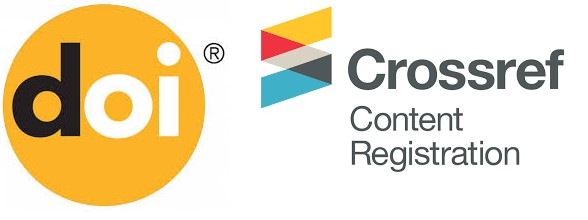Indexing Information
Published articles in this journal are assigned DOI number and will be indexed in the following outlets:



- Mahjong Ways 2: Di Situs LGOLIVE Hadir Dengan Pola Mahjong Scatter Auto Konek
- Spin Slot Gacor Mahjong Ways Di Situs LGOLIVE Gampang Dapat Uang Asli + Akun demo 2025 Gratis
- LGOLIVE - Login Akun Slot Demo Spaceman X5000 | Tanpa Pola Member Baru Pasti Pecah
- LGOLIVE - X5000 Kemenangan Slot Demo Pakai Pola Spin Terbaru Mahjong Ways PG Soft Slot Terbaik
- LGOLIVE - Slot Demo Mahjong Ways Coba 88+ Pola Gacor Terbaru 2025 Scatter Auto Konek JP X15000
- LGOLIVE - Akun Slot Gacor 888 Pesta Jackpot Mahjong Ways X5000 Sekali Spin Pasti Win
- LGOLIVE - Partner Slot 77 Tersedia Bonus Spesial 200% RTP Slot Gacor Paling Eksklusif
- LGOLIVE - RTP Slot Gacor Resmi Dengan Panduan Lengkap Maxwin X8000 Auto Cuan
- LGOLIVE - Platform Slot Server Thailand Gacor Pakai Pola Kombinasi Pasti Gampang Menang
- LGOLIVE >> Halaman Resmi Slot Gacor Hari Ini TOP Engine Slot Gampang Menang Hari Ini
- LGOLIVE : Wap Resmi Slot Gacor Paling Baru Mod Apk Slot 77 Hujan Scatter
- LGOLIVE - Main Akun Gacor Portal Resmi PG Soft Slot Mahjong Ways Sekali Konek Langsung JP
- Demo PG Soft Slot 777 Mahjong Ways2 – Main di LGOLIVE Tanpa Pola Bisa Cuan Jadi Jutawan!
- LGOLIVE - Login Slot Gacor 2025 Deposit QRIS 100% Tanpa Potongan | Bonus Member Baru Tanpa TO

